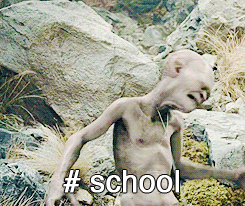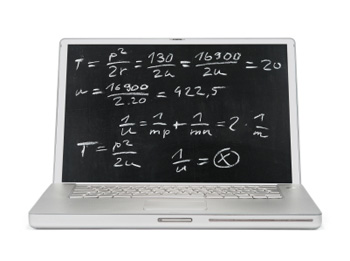
Can we pin it down? – Sarah Gibbons
The sentence I chose to pull out of the Hamilton article can be found on page 18 of the PDF and states, “Analyzing such pictures (photos from the public arena) systematically demands that we operationalize the underlying concepts and pin them down to specific instances. This causes some difficulties especially with the idea of literacy events which implies active participation and interaction between people.”
I found this section interesting because when I think of literacy it cannot be pinned down because of the sheer volume of forms that it may present itself in. One symbol could mean one hundred different things to one hundred different people and I don’t feel that it is possible to give that symbol one accepted meaning in a specific instance. Within every photo that we have looked at there have been multiple ways literacy is being practiced. For example, in the photos of street art there is the common passerby who sees a brightly colored wall, then there is the street kid who sees the underlying struggle and message for action, there’s the business man who sees his building destroyed, and then there is the artist who sees a piece of himself transferred onto a large and very public canvas, to name just a few. Examining a photo of the street art and trying to give the type of literacy that it represents a name and a definition does not do it justice and instead only hinders the impact it has on its viewers since no two interpretations will be exactly the same.
Sticking with this theme of people interacting with an object, the photo I chose to bring into class depicts a small grouping of students sitting at the library computers studying (or at least pretending to). I snuck around behind them to get a better take on what they were actually doing and found that one was referencing an article, another was watching a video, and the last was doing math online. If I was to look at this photo without knowing this information I would assume whatever they were doing would include writing/typing some form of prose since that is what I primarily use my computer for. For me computers are automatically associated with language so it came as a surprise when I saw this person doing MATH homework online. However, when I brought this up to my Math Major friend she laughed and said that this practice is becoming more and more common in math and science based classes. Her knowledge and assumptions of my photo were entirely different from mine, which only convinced me further that attempting to put the interpretation of a literacy event in a nice and tidy box is nearly impossible. Our perceptions of the world around us are messy and I just can’t believe that the literacy practices around us can be put into defined categories or “pinned down” as Hamilton puts it.


 Website:
Website: